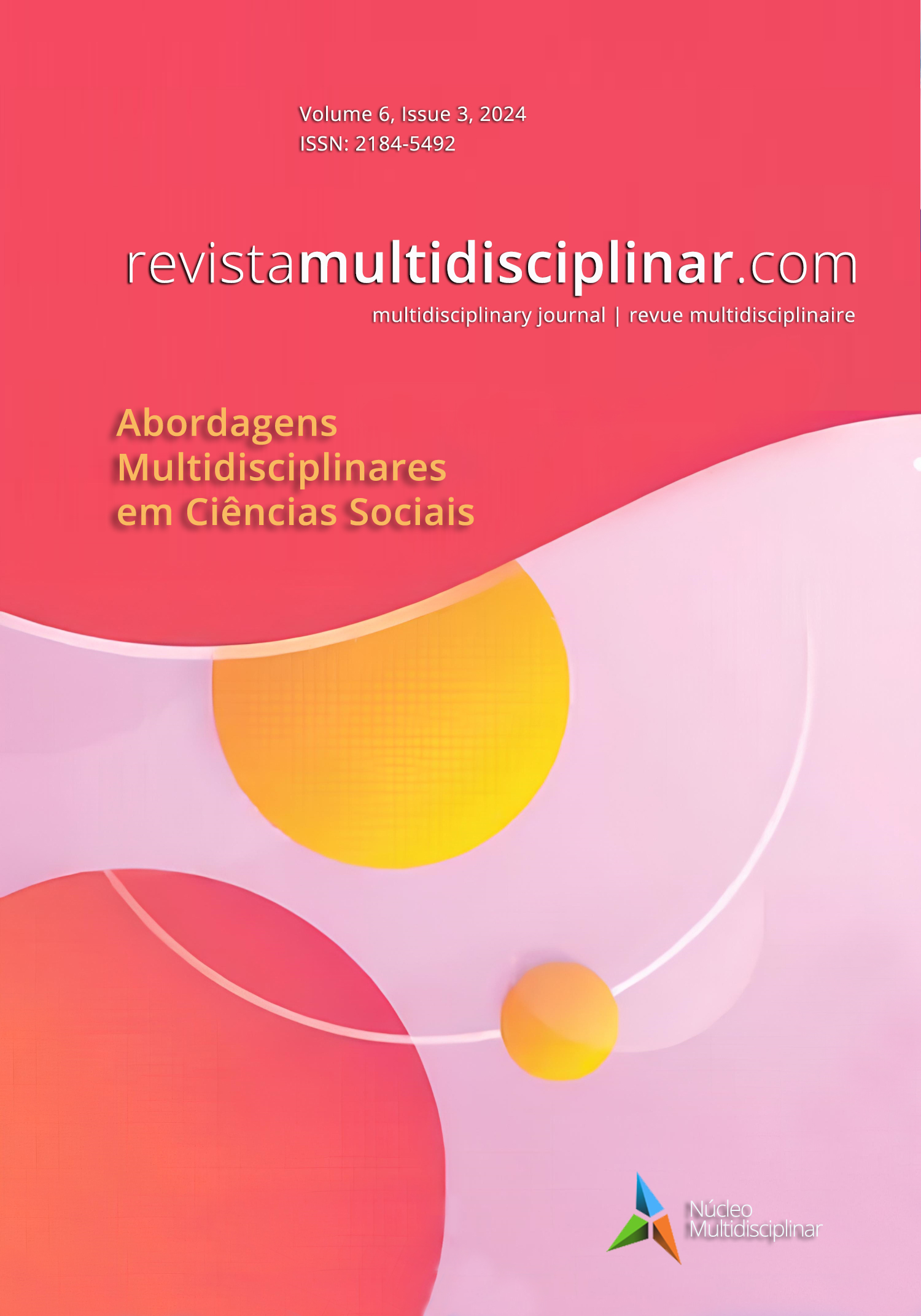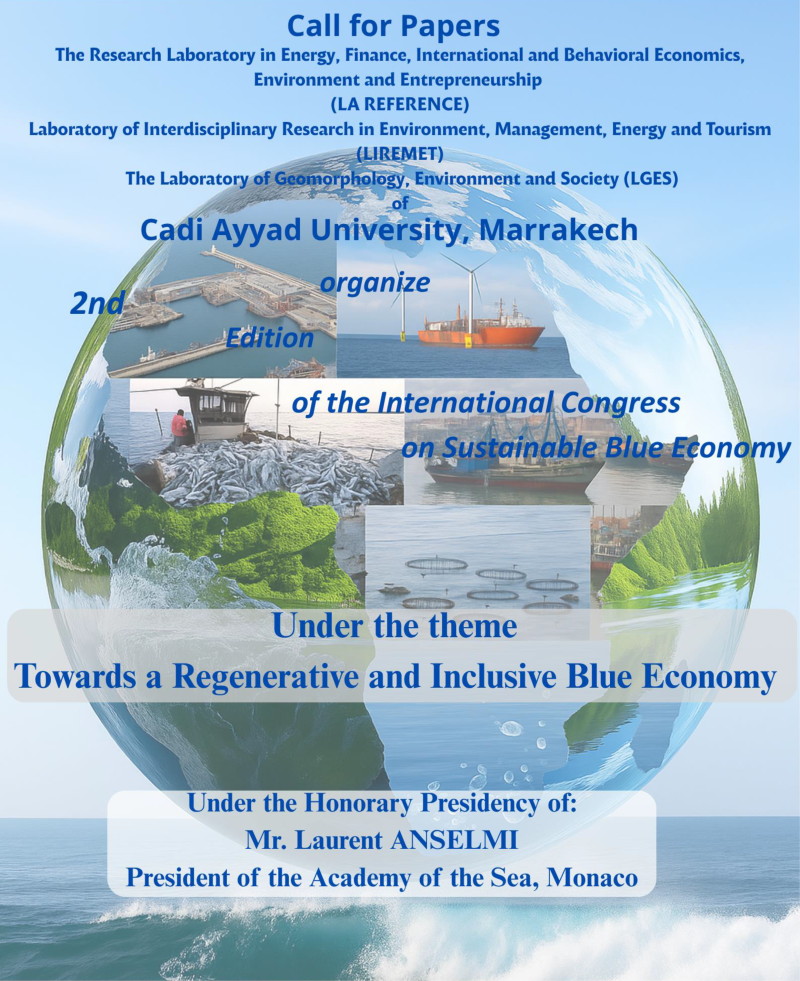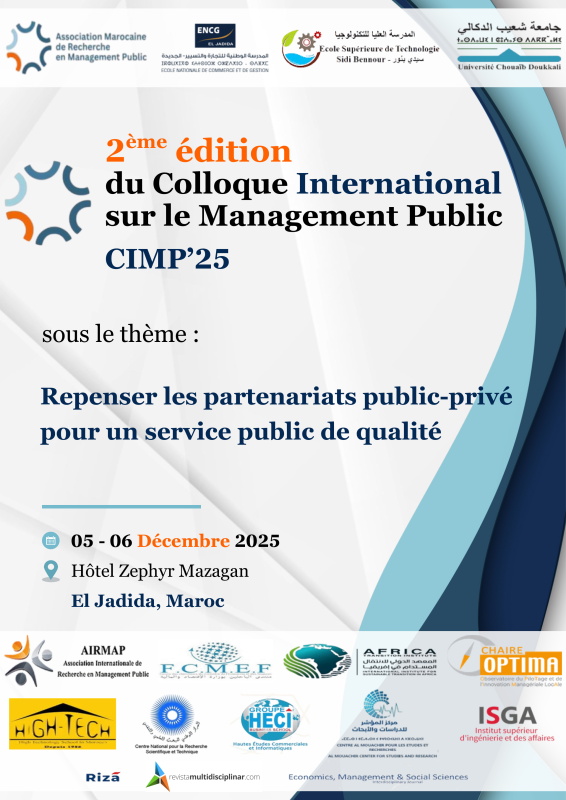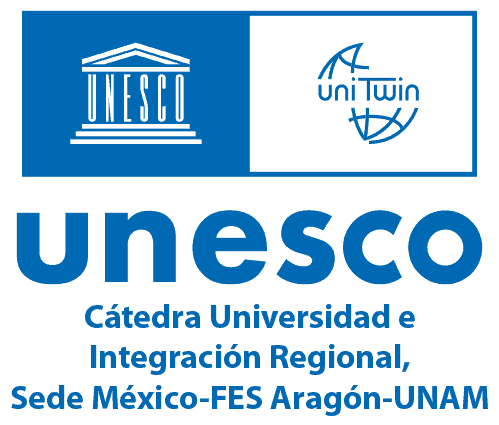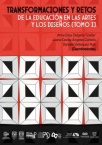Better Assessment of Progress of SDG 8
and Progress of all SDGs
DOI:
https://doi.org/10.23882/rmd.24242Keywords:
SDG Index, Sustainable Composite Index, Geometric mean, Progress path, Testing of hypothesis.Abstract
Background: Methods of SDG index depicting progress and extent of sustainability achieved by normalizing the indicators and weighted sum suffer from limitations and lead to different rankings.
Methods: The paper proposes multiplicatine aggregation to compute country-level Index for overall progress of SDG-8 and progress of all the 17 SDGs at global level.
Results: The proposed index satisfies desirable properties and facilitates identification of critical targets requiring managerial attention for correcting policy measures, assessment of progress over time, distance from the SDG targets at a given time-point, testing statistical hypothesis of equality of for two different countries for a given year and also for equality of for two successive time points., plotting of progress path at country level and computing measure of similarity between such paths registered by a pair of countries.
Conclusion: The proposed method of multiplicative aggregations without scaling and choosing weights offers significant benefits and contributes to improve aggregation of SDG avoiding major limitations of existing methods of aggregations, is recommended. Future studies suggested.
References
Caiado, RGG, Filho, WL, Quelhas, OLG, Nascimento, DLDM, Ávila, LV (2018). A literature-based review on potentials and constraints in the implementation of the sustainable development goals. J. Clean. Prod. 198, 1276–1288.
Chakrabartty, SN and Sinha, D. (2022): A Single Measure of Overall Export Performance. Margin—The Journal of Applied Economic Research 16 : 3–4: 278–308.
Eisenmenger N, Pichler M, Krenmayr N et al (2020). The Sustainable Development Goals prioritize economic growth over sustainable resource use: a critical reflection on the SDGs from a socio-ecological perspective. Sustain Sci 15:1101–1110. https://doi.org/10.1007/s11625-020- 00813-x
Foster G, Kreinin H, Stagl S (2020). The future of circular environmental impact indicators for cultural heritage buildings in Europe. Environ Sci Eur 32:141. https://doi.org/10.1186/s12302-020-00411-9
Greco, S., Ishizaka, A., Tasiou, M. and Torrisi, G. (2019). On the Methodological Framework of Composite Indices: A Review of the Issues of Weighting, Aggregation, and Robustness, Soc Indic Res 141:61–94 https://doi.org/10.1007/s11205-017-1832-9
Grupp, H., & Schubert, T. (2010). Review and new evidence on composite innovation indicators for evaluating national performance. Research Policy, 39(1), 67–78.
Hamed KH and Rao AR. (1998): A modified Mann-Kendall trend test for autocorrelated data, Journal of Hydrology, 204; 182 196
Herrero C, Martinez R, Villar A (2010). Multidimensional social evaluation: an application to the measurement of human development. Rev IncomeWealth 56(3):483–497
IAEG-SDGs (2020). IAEG-SDGs 2020 Comprehensive Review Proposals Submitted to the 51st session of the United Nations Statistical Commission for its consideration". United Nations, Department of Economic and Social Affairs, Statistics Division.
ILO (2023). Transformative change and SDG 8: The critical role of collective capabilities and societal learning, Geneva: International Labour Office. https://doi.org/10.54394/HKDP3268
ILO (2023a). ILO Monitor on the world of work. 11th edition
ILO (2023b). World Employment and Social Outlook: The value of essential work.
ILO (2022). World Employment and Social Outlook – Trends 2022
ILO (2022c). Global Estimates of Modern Slavery: Forced Labour and Forced Marriage.
ILO (2000). The Technological Structure and Performance of Developing Country Manufactured Exports, 1985‐98. Oxford Development Studies 28 (3): 337–369.
ILO (2019). Time to Act for SDG 8: Integrating Decent Work, Sustained Growth and Environmental Integrity. Geneva: International Labour Office.
ILO (2018). Women and men in the informal economy: A statistical picture (Third edition). https://shorturl.at/QNvtr
Kasparian, J, and Rolland, A. (2012): OECD’s Better life index: can any country be well ranked? Journal of Applied Statistics, 39 (10),1-8. https://doi.org/10.1080/02664763.2012.706265
Kreinin, H., Aigner, E. (2022). From “Decent work and economic growth” to “Sustainable work and economic degrowth”: a new framework for SDG 8. Empirica 49, 281–311. https://doi.org/10.1007/s10663-021-09526-5
Kroll C (2015). Sustainable Development Goals - Are the rich countries ready? Bertelsmann Stiftung. Guetersloh
Lind N (2010). A calibrated index of human development. Soc Indic Res 98:301–319
Mazziotta, M. and Paretoa, A. (2021). Everything you always wanted to know about normalization (but were afraid to ask). Italian Review of Economics, Demography and Statistics, Vol. LXXV, 1, 41–52.
Mikulić, J., Kožić, I., & Krešić, D. (2015): Weighting indicators of tourism sustainability: A critical note, Ecological Indicators, 48, 312–314.
Nguefack-Tsague G, Klasen S, Zucchini W (2011). On weighting the components of the human development index: a statistical justification. J Hum Dev Capabil 12(2):183–202
Niemeijer D, de Groot RS (2008) A conceptual framework for selecting environmental indicator sets. Ecol Ind 8:14–25. https://doi.org/10.1016/j.ecolind.2006.11.012
OECD (2008). Handbook on Constructing Composite Indicators. Methodology and user guide. Paris: OECD Publications
Purvis, B.; Mao, Y. Robinson, D. (2019). Three pillars of sustainability: In search of conceptual origins. Sustain. Sci., 14, 681–695.
Rai SM, Brown BD, Ruwanpura KN (2019) SDG 8: Decent work and economic growth—a gendered analysis. World Dev 113:368–380. https://doi.org/10.1016/j.worlddev.2018.09.006
Rao, C. R. (1973). Linear statistical inference and its application (2nd edition). Wiley Eastern Private Limited
Ruiz-Morales B, Espitia-Moreno IC, Alfaro-Garcia VG, Leon-Castro E. (2021). Sustainable Development Goals Analysis with Ordered Weighted Average Operators. Sustainability. 13(9):5240. https://doi.org/10.3390/su13095240
Rutter LA and Brown TA. (2017). Psychometric properties of the generalized anxiety disorder scale-7 (GAD-7) in outpatients with anxiety and mood disorders. J. Psychopathol. Behav. Assess.39 140–146.
Sachs, J., Schmidt-Traub, G., Kroll, C., Durand-Delacre, D. and Teksoz, K. (2017): SDG Index and Dashboards Report 2017. New York: Bertelsmann Stiftung and Sustainable Development Solutions Network (SDSN).
Sachs J, Schmidt-Traub G, Kroll C, Durand-Delacre D and Teksoz K (2016). SDG Index and Dashboards – Global Report. New York: Bertelsmann Stiftung and Sustainable Development Solutions Network.
Saisana,M., Saltelli, A. and Tarantola, S. (2005).Uncertainty and sensitivity analysis techniques as tools for the quality assessment of composite indicators, Jr. of Royal Statistical Society Series A, 168(2),1-17
Sava, A. M. (2016): Weighting Method for Developing Composite Indices: Application for Measuring Sectoral Specialization. Journal of Applied Quantitative Methods, Vol. II, No. 3, 77-84
Seth, S. and Villar, A. (2017): Measuring human development and human deprivations. OPHI Working Paper 110, University of Oxford
Stiglitz JE, Marcus H, Hawley DM et al (2020). GDP is the wrong tool for measuring what matters’. Sci Am 323:24–31
Stiglitz JE, Fitoussi J-P, Durand M (2018). Beyond GDP: measuring what counts for economic and social performance. OECD
Tofallis, Chris (2014) Add or Multiply? A Tutorial on Ranking and Choosing with Multiple Criteria. INFORMS Transactions on Education 14(3):109-119. http://dx.doi.org/10.1287/ited.2013.0124
UNDP (2010). Human Development Report 2010: the real wealth of nations. UN Development Programme. Palgrave Macmillan, New York
UNDP (2007): Human Development Report, Oxford University Press, New York
Wiedenhofer D, Virág D, Kalt G et al (2020). A systematic review of the evidence on decoupling of GDP, resource use and GHG emissions, part I: bibliometric and conceptual mapping. Environ Res Lett 15:063002
World Tourism Organization (2013). Sustainable Tourism for Development Guidebook - Enhancing capacities for Sustainable Tourism for development in developing countries, UNWTO: https://doi.org/10.18111/9789284415496
Downloads
Published
How to Cite
Issue
Section
License
Copyright (c) 2024 Satyendra Chakrabartty

This work is licensed under a Creative Commons Attribution-NonCommercial 4.0 International License.

